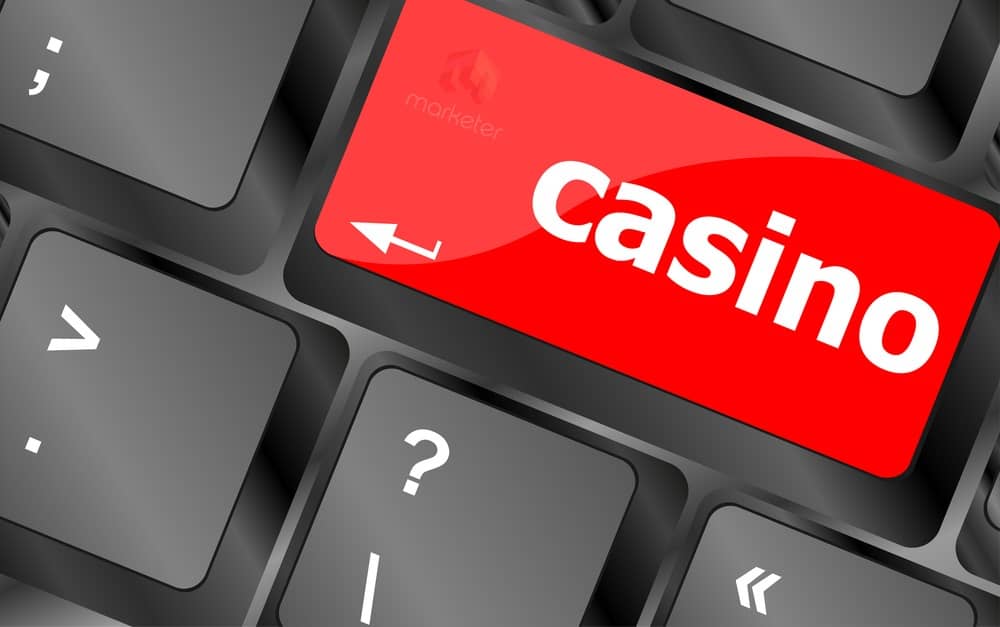
In the evolving landscape of sports wagering, nanabet has emerged as a shorthand for a new generation of micro-betting experiences, where speed, precision and accessibility meet. Early adopters and curious newcomers alike can explore this format on platforms such as nanabet nana bet, which exemplify how the industry is rethinking odds, markets and engagement to serve a demand for rapid, low-stakes bets.
Micro-betting—often called nano- or instant-betting—refers to wagers placed on very short-lived events within a match: the outcome of the next play, the result of the next pitch, or whether the next possession will end in a score. These events can resolve in seconds or minutes, creating a rhythm of continuous engagement that differs strongly from traditional pre-match or single-game wagering. The appeal is obvious: users can stake smaller amounts more frequently, enjoy immediate feedback, and experience a more interactive relationship with live events.
Technological advances have enabled this shift. Low-latency data feeds, real-time odds calculation engines, and robust mobile applications allow operators to publish and settle micro-markets at scale. Sophisticated models ingest live match telemetry—possession metrics, player locations, ball trajectory—and turn that data into dynamic pricing adjustments. The result is a stream of new markets that adapt in real time to the flow of the game, offering bettors fresh opportunities every few seconds.
One of the defining features of the nanabet approach is its focus on accessibility. By lowering the entry barrier in terms of stake size and simplifying markets, these platforms invite a wider audience to participate. Casual fans who previously turned to fantasy sports or social wagering can now place a single low-cost bet on an outcome they understand, then immediately see the result. For seasoned gamblers, micro-bets offer ways to express granular views on in-game dynamics and to employ short-term strategy without committing large bankroll portions.

Yet with these innovations come important considerations. Responsible gambling becomes more complex when events are short and frequent. The psychological mechanics of instant gratification, combined with rapidly resetting opportunities, can raise the risk of impulsive behavior. Ethical operators and regulators are therefore emphasizing features such as deposit limits, session timers, reality checks, and easy-to-access self-exclusion tools. Educational prompts that explain house edge on micro-markets, volatility, and bankroll management are also becoming standard practice to help players make informed choices.
Regulatory frameworks are catching up, but unevenly. Some jurisdictions treat micro-betting under existing sports wagering statutes, while others are still assessing whether new rules are needed to address the unique pace and presentation of these markets. Critical issues include the integrity of data feeds (which must be tamper-proof), protections against insider knowledge, and transparent settlement rules when events are defined by milliseconds of play. Collaboration between operators, data providers and regulators is vital to ensure that technological innovation does not outpace consumer protections.
From a business perspective, nanabet-style offerings create both opportunities and challenges for operators. On one hand, the higher frequency of events can increase engagement metrics and lifetime value of users. On the other hand, running thousands of tiny markets requires substantial investment in infrastructure and risk management. Pricing models must account for extreme short-term variance, and liquidity management becomes a continuous task. Some operators mitigate exposure by offering strictly fixed-odds markets with tight limits, while others leverage sophisticated hedging strategies across correlated markets and external exchanges.
Design and user experience play a central role in micro-betting adoption. Clear, minimal interfaces that prioritize live data visualization, quick bet placement and frictionless account management keep users engaged without overwhelming them. Visual cues—such as heatmaps of probabilistic outcomes or compact timelines of recent events—help bettors form quick judgments. Social features, like sharing small wins or viewing aggregated sentiment for a particular micro-market, can enhance perceived enjoyment but must be balanced against promoting risky behavior.

There is also a creative dimension to how micro-markets are packaged. Operators are experimenting with thematic markets (for example, betting on specific player duels), combo micro-bets that string together a few near-term outcomes, and gamified reward systems that offer loyalty points or non-monetary incentives. Integration with live streaming and second-screen experiences is another frontier: imagine watching a play while an overlay displays five live micro-markets, each adjusting instantly as the action unfolds.
For bettors and observers interested in the long-term trajectory of nanabet, three trends are worth watching. First, data quality and latency will continue to differentiate leading platforms. Proprietary feeds and closer partnerships with leagues may grant competitive advantages. Second, regulatory clarity will shape which markets are feasible in which jurisdictions; operators that proactively build robust compliance and consumer protection systems will likely be better positioned. Third, cross-platform interoperability—allowing wallets, loyalty points, or verified identities to travel between apps—could reshape how users engage with multiple offerings without fragmenting their experience.
Academic and industry research is beginning to examine the social and economic impacts of micro-betting. Questions about problem gambling prevalence, shifts in betting volumes across market types, and the efficacy of responsible-play interventions are active areas of study. Operators who fund independent research and transparently adopt evidence-based safeguards will build trust with regulators and the public, which in turn supports sustainable growth of the sector.
Ultimately, nanabet and the micro-betting movement represent a broader digital transformation of wagering: the atomization of risk, the acceleration of interaction loops, and the personalization of markets. When designed with attention to fairness, transparency and player welfare, these innovations can add a new layer of enjoyment to live sports. But they also require continuous vigilance from operators, regulators and players themselves to ensure that rapid engagement does not come at the cost of unhealthy behavior.
As the ecosystem matures, consumers should look for platforms that combine technical excellence with clear policies: low-latency execution, verified data sources, prominent responsible-gambling tools, and honest communication about expected returns and volatility. With those guardrails in place, micro-betting can be an exciting complement to traditional wagering—offering new ways to experience the flow of sport without losing sight of safety and sustainability.

